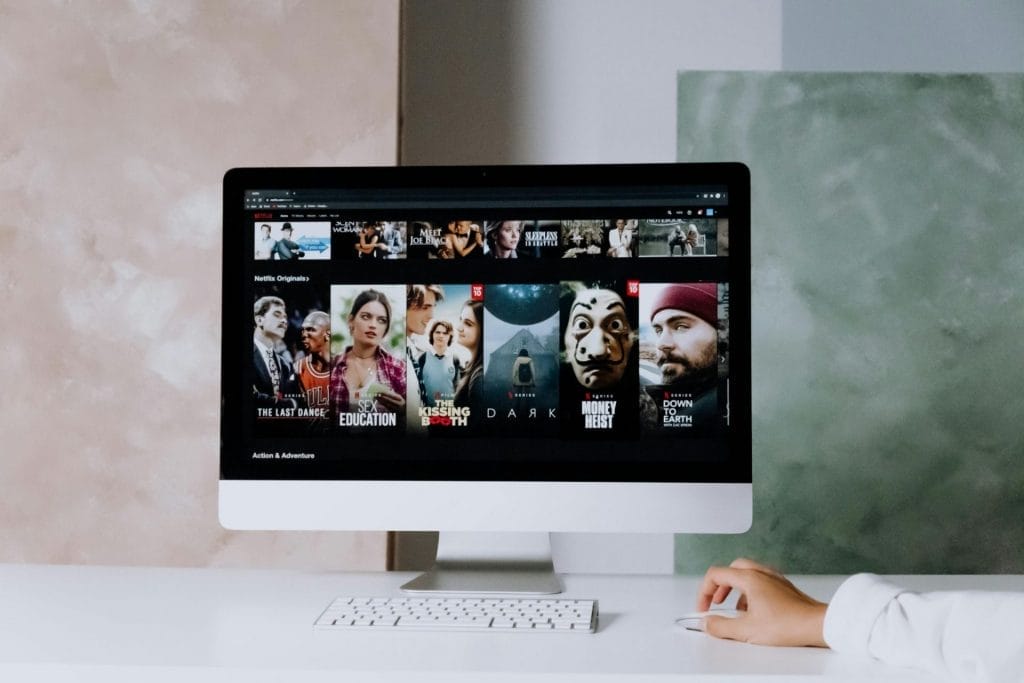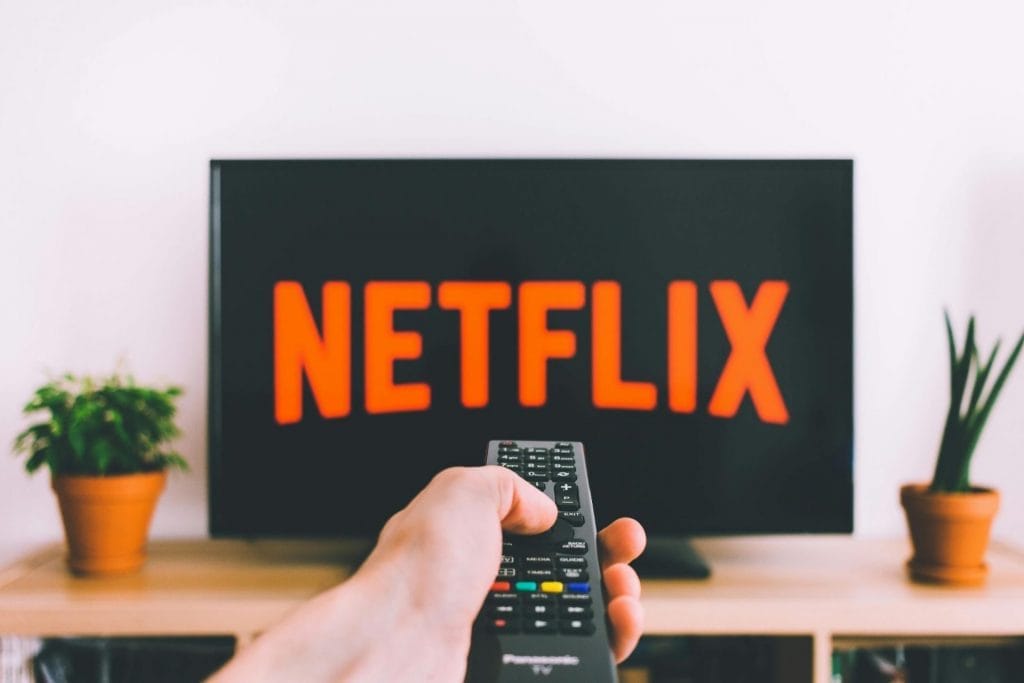Learn how PVOD streaming works, its advantages, disadvantages and how to refine your strategies.
Premium Video on Demand(PVOD) streaming has made it easy to access new-release movies and exclusive content without taking a trip to the cinema.
However, audiences are exposed to more flexible streaming platforms like SVOD, AVOD, TVOD.
This plethora of options leaves us to wonder what the future holds for PVOD platforms.
In this guide, we’ll cover how PVOD streaming works, its advantages, challenges, and whether it is worth investing in as a creator or consumer.
Let’s begin.
Table of Contents
Key Takeaways
- Renting a PVOD title usually gives viewers a 48 hour window to watch the content, during which they can stream it as many times as they like.
- PVOD streaming is synonymous to convenience and flexibility— allows consumers to watch movies and shows anywhere, on any device.
- Transactional Video on Demand (TVOD) and PVOD are similar in requiring users to pay per title, but they differ in content timing and pricing.
- Unlike subscription models, where predictable recurring income stabilizes revenue stream, PVOD faces uncertainty due to its transactional nature.
- Content protected by DRM and watermarking experiences less piracy, making Adilo a standout option for creators aiming to protect premium releases.
Handpicked For You:
What is Premium Video on Demand (PVOD)?
Premium Video on Demand (PVOD) is a streaming model that allows audiences to access newly released or exclusive movies and shows by paying a one-time premium fee.
Unlike subscription-based services like Netflix, where users pay a monthly flat rate, PVOD streaming focuses on offering early access to high-profile content— often during or shortly after its theater release.
This streaming medium became popular during the COVID–19 pandemic when studios like Universal and Disney used it to release blockbusters like Troll World Tour—It earned $100 million in its first three weeks on PVOD platforms.
How PVOD Streaming Works

PVOD operates on a pay-per-view model, unlike subscription-based streaming platforms where users pay a fixed monthly fee. This means you pay specifically for the video you want to watch.
However, PVOD streaming fees are usually higher than standard Video on Demand (VOD) rentals.
When a movie is released on PVOD, users can rent or in some cases, purchase it through digital platforms like Amazon Prime Video, Apple TV, Google Play, or dedicated studio platforms such as Disney+ Premier Access.
Renting a PVOD title usually gives viewers a 48 hour window to watch the content, during which they can stream it as many times as they like.
Purchased movies, however, are available indefinitely in the viewer’s digital library.
PVOD platforms stream content at high quality offering 4K resolution and crisp sound to replicate a cinema-like experience at home.
For studios, PVOD streaming provides a direct-to-consumer approach, bypassing traditional cinema chains and allowing them to retain a larger share of the revenue—up to 80% compared to 50% from box office sales.
In addition, the digital system of PVOD streaming ensures easy accessibility, as viewers only need an internet connection and a compatible device, such as a smart TV, streaming stick or even a smartphone.
Advantages of PVOD Streaming for Creators

Let’s begin:
Increased Revenue Potential
PVOD streaming offers creators a lucrative opportunity to generate higher revenue compared to traditional distribution models.
Studios and creators retain up to 80% of revenue from PVOD releases, significantly more than the 50% they earn from theatrical box office sales.
Control Over Distribution
PVOD gives creators higher control in managing how and when their content is released.
Creators can bypass traditional theater chains and tailor their release strategy to suit audience demand, geographical markets, or timing preferences.
Also, they have control over pricing, timing and availability of content. This eliminates revenue sharing constraints with cinemas.
Increase Audience Reach
PVOD eliminates the barriers of physical locations, enabling creators to reach global audiences instantly. By catering to diverse devices and regions, creators can tap into previously inaccessible demographics.
Data-Driven Insight
Unlike traditional distribution, PVOD platforms provide creators with detailed analytics, such as viewership data, purchasing trends, and demographic information.
These insights enable creators to refine marketing strategies and optimize content delivery—tailoring future productions to audience preferences, maximizing engagement and profit.
Cost Effective
PVOD streaming drastically reduces costs associated with traditional distribution, such as theater rentals, logistics and promotional campaigns.
This allows creators to allocate resources towards high-quality production and targeted marketing.
Advantages of PVOD Streaming for Consumers

Let’s begin:
Convenience and Flexibility
PVOD streaming is synonymous to convenience and flexibility— allows consumers to watch movies and shows anywhere, on any device.
Also, unlike fixed theater schedules, PVOD lets consumers watch content on demand, pause, or rewind without time constraints.
Cost Effective Streaming for Groups
PVOD streaming is more economical for group viewings compared to traditional theater visits.
With an average PVOD rental cost of $19.99-$29.99, families and friends can enjoy new releases at home without purchasing individual tickets.
Access to Early Release
Consumers benefit from gaining access to films earlier through PVOD compared to traditional theatrical windows.
For instance, Universal Pictures shortened its theatrical window to just 17 days for PVOD releases, catering to demand for early access.
Privacy and Customization
PVOD provides a private and personalized viewing experience.
PVOD streaming allows consumers to avoid crowded theaters, select preferred languages or subtitles, and customize audio-visual scenes.
Access to Exclusive Content
PVOD often includes exclusive films, behind-the-scenes features, or director’s cuts unavailable elsewhere.
For instance, Disney+ offered PVOD subscribers special access to Black Widow before it became widely available.
This exclusivity enhances consumer satisfaction, giving them premium access not found on free or basic subscription platforms.
Disadvantages of PVOD Streaming
Indeed PVOD comes with great benefits for creators and consumers. However, it’s not without disadvantages:
Higher Subscription Cost
One great disadvantage of PVOD streaming is its higher cost.
Subscription costs get accumulated for movies with lengthy series. In contrast, viewers can pay for all-inclusive subscriptions like Netflix or Disney+ an access the entire movie series.
Limited Viewing Window
Often, PVOD comes with restricted access to purchased or rented content, usually allowing viewing for 24-48 hours after the first play.
This limited window can be frustrating for consumers who may want to re-watch or spread their viewing over multiple days.
Unlike digital purchases or streaming subscriptions, which allow indefinite access, PVOD’s streaming feels restrictive.
Lack of Theater Experience
Despite its convenience, PVOD can’t replicate the immersive theater experience.
Hence, diminishing its appeal to action-packed or visually stunning releases.
This research shows that 68% of urban moviegoers value the theater experience and visit a movie theater at least once a month.
Device Compatibility Issues
Device limitations and compatibility challenges also affect PVOD streaming—frustrating for non-tech savvy users.
While major platforms like Disney+, Apple TV, Amazon Prime support PVOD streaming, some consumers face issues with older devices or less-common operating systems.
VOD vs. PVOD
Video on Demand (VOD) encompasses all platforms offering content for viewing at a consumer’s convenience. This includes PVOD, SVOD, and TVOD.
Whereas, Premium Video on Demand (PVOD) focuses specifically on early access or exclusive content at a higher price.
While VOD services like Netflix and Hulu are subscription based, PVOD is transactional and allows consumers to access contents often months before its wider release.
PVOD vs. SVOD

Subscription Video on Demand (SVOD) services like Netflix, Disney+, and Amazon Prime rely on a monthly or yearly subscription model— giving users unlimited access to a vast library of content.
PVOD, in contrast, charges per transaction, for early or exclusive content.
While SVOD leads the market, PVOD excels in high revenue per user transactions.
For instance, Disney+ earned $60 million from the PVOD release of “Black Widow” within its opening weekend, a level of immediate profit PVOD cannot achieve despite broader subscriber bases.
PVOD vs. TVOD
Transactional Video on Demand (TVOD) and PVOD are similar in requiring users to pay per title, but they differ in content timing and pricing.
TVOD services, such as iTunes or Google Play, allow users to rent or buy previously released content. While PVOD, on the other hand, targets new or exclusive releases at premium prices.
PVOD is emerging as a fast growing segment, particularly for blockbuster releases, due to its exclusivity and early access appeal.
Top Premium Video on Demand (PVOD) Challenges
PVOD streaming are not without challenges:
High Pricing
One of the top challenges for PVOD is its high pricing, which limits accessibility for cost-conscious consumers.
With average rental costs between $19.99 and $29.99 per title, PVOD is more expensive than traditional theater tickets in some regions or monthly SVOD subscriptions, which averages $10-$15 globally.
Audience Resistance
Audience resistance to PVOD stems from factors like preference for subscription models, attachment to the theater experience and dissatisfaction with the limited viewing window.
Furthermore, many viewers believe PVOD’s value proposition does not justify its cost, with more viewers indicating they would only consider PVOD for a highly anticipated blockbuster.
Piracy Risks
The premium pricing and exclusive nature of PVOD content makes it a prime target for piracy.
These piracy risks undermine profitability and deter some studios and creators from fully embracing PVOD streaming.
Revenue Uncertainty
Unlike subscription models, where predictable recurring income stabilizes revenue stream, PVOD faces uncertainty due to its transactional nature.
Revenue depends heavily on demand for specific titles, with unpredictable performance even for big budget films.
How Adilo Is Redefining PVOD Streaming
Adilo is redefining Premium Video On Demand (PVOD) streaming by providing creators with a comprehensive video hosting and monetization platform.
Unlike other conventional video hosting platforms, Adilo focuses on customization and control, enabling creators to retain their revenue, when compared to traditional PVOD platforms that often claim a significant share.
This feature has attracted independent filmmakers, educators, and brands, as Adilo’s robust features enables seamless video hosting, adaptive streaming and high-definition playback for a global audience.
This platform distinguishes itself with advanced security measures that combat one of PVOD’s biggest challenges—piracy.
Adilo integrates proprietary technology like DRM (Digital Rights Management), watermarking, and secure video embedding to safeguard content.
Content protected by DRM and watermarking experiences less piracy, making Adilo a standout option for creators aiming to protect premium releases.
Furthermore, its analytics driven approach allows creators to gain insights into viewers engagement, optimize content strategies, and personalize offerings—features increasingly valued in the competitive PVOD space.
Handpicked For You:
FAQs
Is Netflix streaming or VOD?
Netflix is both a streaming and Video on Demand (VOD) platform. As a Subscription Video on Demand (SVOD) service, it allows users to stream a vast library of content on demand for a monthly subscription fee.
What is PVOD streaming?
Premium Video on Demand (PVOD) is a streaming model where viewers pay a higher price for early access or exclusive content, often coinciding with or shortly after theatrical releases.
How much does PVOD cost?
PVOD usually costs between $19.99 and $29.99 per title, depending on the content and platform, making it more expensive than standard VOD rentals or purchases.
Is VOD considered streaming?
Yes, VOD is considered streaming as it allows users to watch content on demand via an internet connection, without downloading files permanently.
Is YouTube a VOD?
Yes, YouTube is a VOD platform. Users can access a vast library of free and paid on demand content, including user-generated videos.
What does VODs mean?
VODs stands for “Videos on Demand,” referring to content available for immediate playback at the user’s convenience without following a broadcast schedule.
How rare is PVOD?
PVOD is relatively niche compared to SVOD and TVOD services, it is primarily used for blockbuster movies or exclusive content targeting high demand audience.
How do you get PVOD?
PVOD is available on platforms like Amazon Prime, Apple TV, or Disney+. Users can rent or buy titles directly through these services during their premium release window.
What are the features of PVOD?
PVOD offers early access to premium or exclusive content and high definition streaming. It also features limited viewing windows, and digital right management (DRM) to prevent piracy.
Is Vimeo a VOD?
Yes, Vimeo offers VOD services, allowing creators to sell or rent their videos to audiences while retaining full control over distribution and pricing.
What does OTT mean?
OTT stands for “Over-the-Top,” referring to content delivered directly to viewers via the internet, bypassing traditional cable or satellite providers.
How do you make money on VOD?
Content creators make money on VOD through rental or purchase fees (TVOD), subscription models (SVOD), or ad-supported views (AVOD), depending on the platform they use.
PVOD Streaming: Now, What Next?
Premium Video on Demand (PVOD) is a growing VOD niche that offers access to early release at a fee while serving as a revenue stream for creators.
However, it comes with its challenges, including piracy risks, limited accessibility, and audience resistance.
In response, platforms like Adilo are redefining PVOD by addressing these challenges, equipping creators with advanced security, analytics and monetization tools.
While PVOD streaming is less common compared to SVOD or TVOD, it’s carving a unique space, especially for blockbuster movies and exclusive releases.








